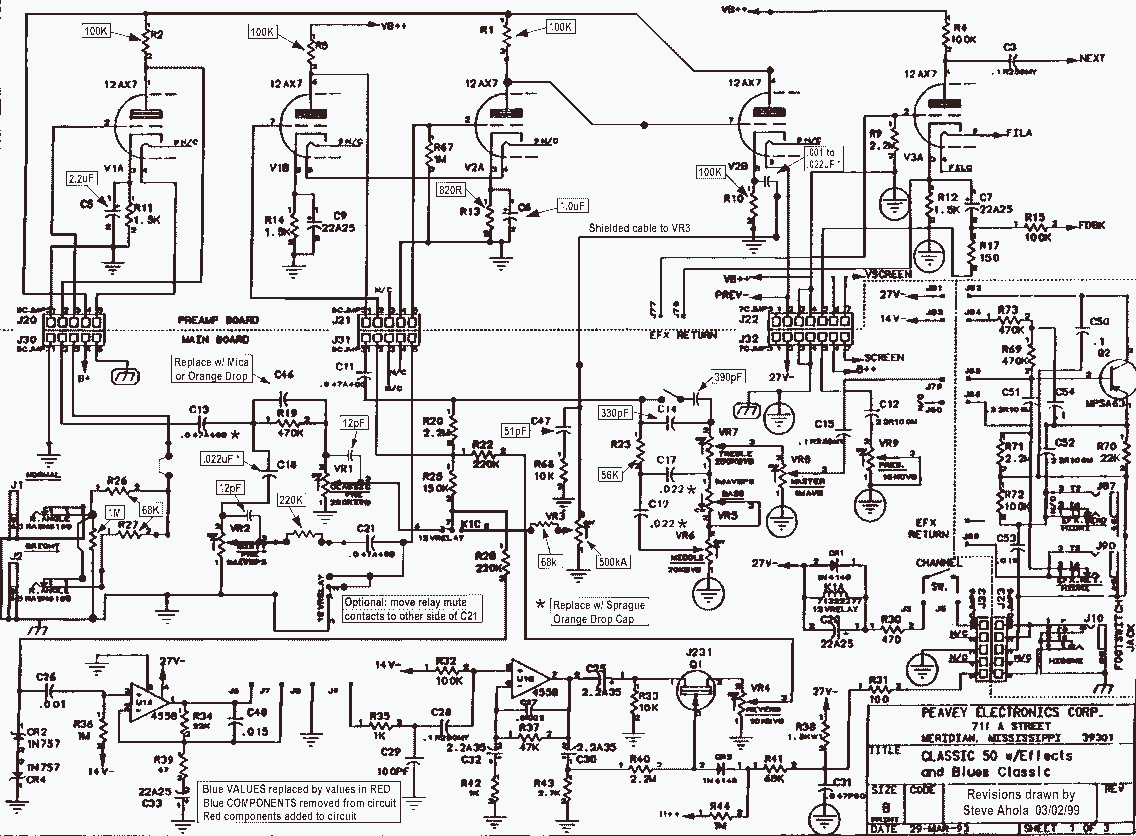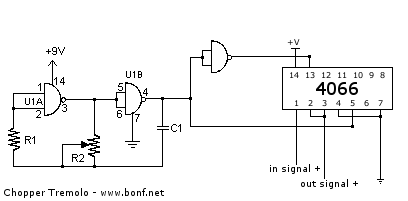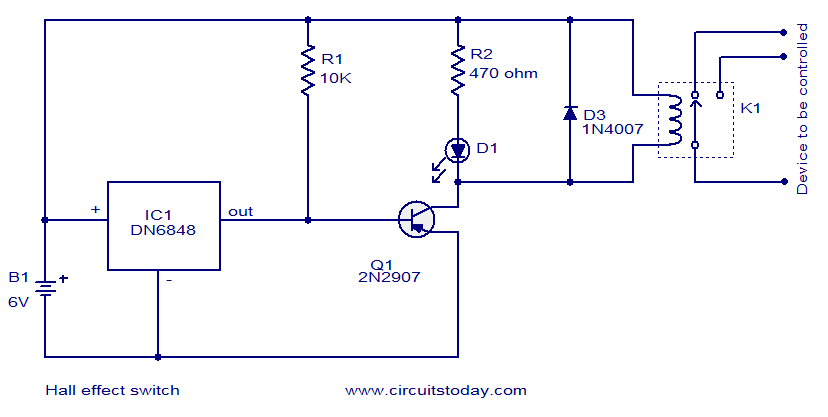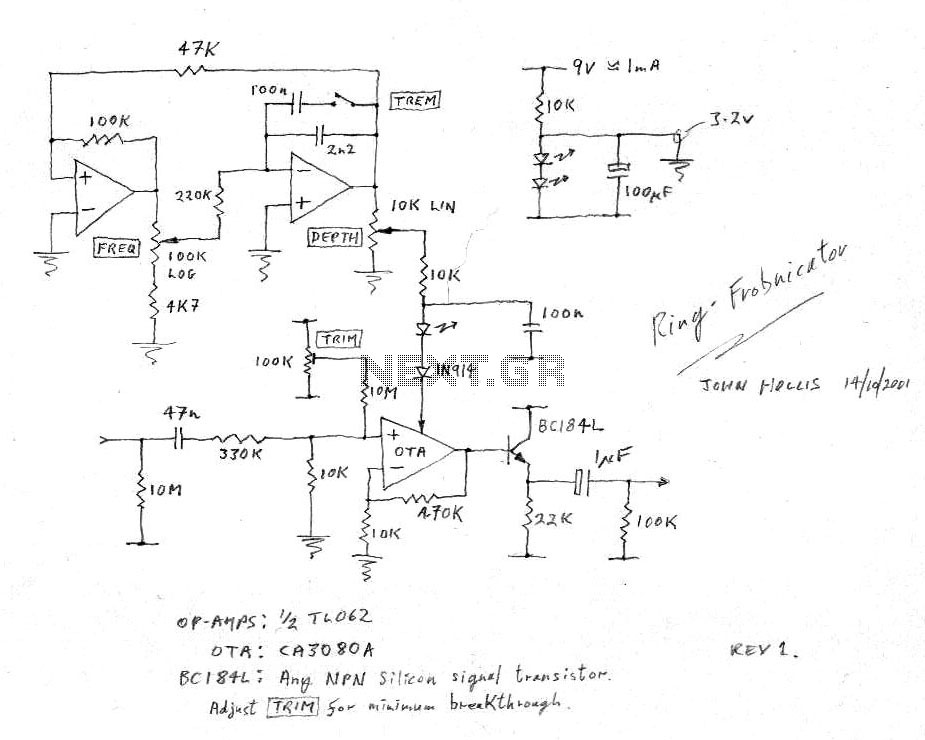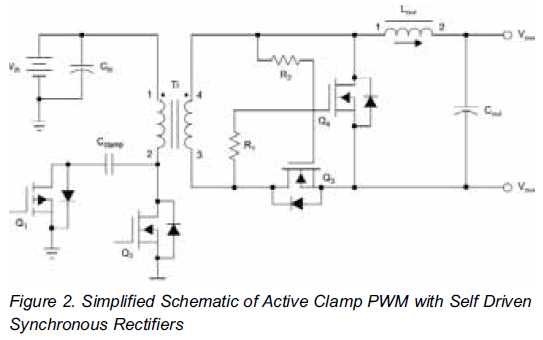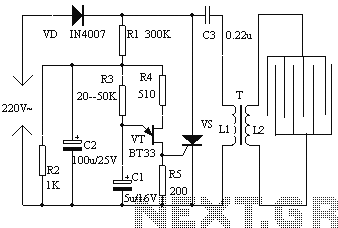
Zombie Chorus Guitar effect
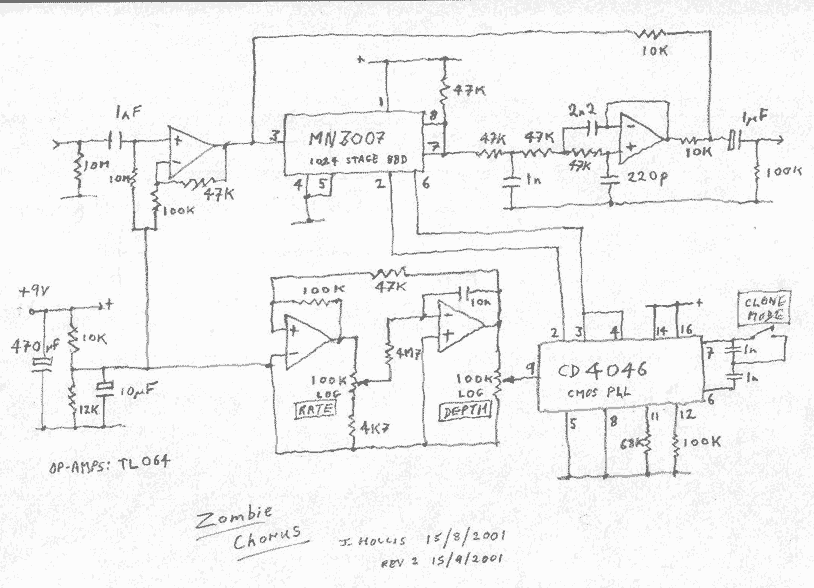
This is my reincarnation of the EH Small Clone and Roland CE-1. Unlike the Clone it has a proper depth control. It also has a switch to change between the CE-1 like 512 stage delay and the Clone's 1024 stage delay. Current consumption is very low and the circuit works down to below 6V to extend battery life. I managed to eliminate a number of the Clone's discrete components including the transistors.
The described circuit is a hybrid analog delay line effect pedal that combines features from the Electro-Harmonix Small Clone and the Roland CE-1 chorus effects. The design incorporates a depth control, allowing for adjustable modulation depth, which is a critical feature for achieving various tonal characteristics in chorus effects.
A key aspect of this circuit is the ability to switch between two different delay stages: a 512-stage delay reminiscent of the CE-1 and a 1024-stage delay similar to that of the Small Clone. This dual-stage configuration provides versatility in sound design, enabling users to select between a more subtle chorus effect and a more pronounced one.
The circuit is optimized for low power consumption, functioning effectively at voltages as low as 6V. This characteristic is particularly advantageous for battery-operated devices, as it extends battery life significantly. The design has also been streamlined by reducing the number of discrete components, particularly transistors, which simplifies the overall circuit layout and may improve reliability while potentially lowering manufacturing costs.
The implementation likely involves operational amplifiers configured for the modulation and delay processes, alongside analog delay line components such as bucket-brigade devices (BBDs) or digital emulation techniques. The depth control is typically achieved through modulation of the delay time, which can be implemented using a low-frequency oscillator (LFO) to create the desired effect. The switching mechanism for selecting between delay stages may utilize a mechanical or electronic switch, ensuring seamless transitions between the two modes.
Overall, this circuit represents a thoughtful blend of classic analog chorus technology with modern enhancements aimed at improving usability and performance.This is my reincarnation of the EH Small Clone and Roland CE-1. Unlike the Clone it has a proper depth control. It also has a switch to change between the CE-1 like 512 stage delay and the Clone's 1024 stage delay. Current consumption is very low and the circuit works down to below 6V to extend battery life. I managed to eliminate a number of the Clone's discrete components including the transistors. 🔗 External reference
The described circuit is a hybrid analog delay line effect pedal that combines features from the Electro-Harmonix Small Clone and the Roland CE-1 chorus effects. The design incorporates a depth control, allowing for adjustable modulation depth, which is a critical feature for achieving various tonal characteristics in chorus effects.
A key aspect of this circuit is the ability to switch between two different delay stages: a 512-stage delay reminiscent of the CE-1 and a 1024-stage delay similar to that of the Small Clone. This dual-stage configuration provides versatility in sound design, enabling users to select between a more subtle chorus effect and a more pronounced one.
The circuit is optimized for low power consumption, functioning effectively at voltages as low as 6V. This characteristic is particularly advantageous for battery-operated devices, as it extends battery life significantly. The design has also been streamlined by reducing the number of discrete components, particularly transistors, which simplifies the overall circuit layout and may improve reliability while potentially lowering manufacturing costs.
The implementation likely involves operational amplifiers configured for the modulation and delay processes, alongside analog delay line components such as bucket-brigade devices (BBDs) or digital emulation techniques. The depth control is typically achieved through modulation of the delay time, which can be implemented using a low-frequency oscillator (LFO) to create the desired effect. The switching mechanism for selecting between delay stages may utilize a mechanical or electronic switch, ensuring seamless transitions between the two modes.
Overall, this circuit represents a thoughtful blend of classic analog chorus technology with modern enhancements aimed at improving usability and performance.This is my reincarnation of the EH Small Clone and Roland CE-1. Unlike the Clone it has a proper depth control. It also has a switch to change between the CE-1 like 512 stage delay and the Clone's 1024 stage delay. Current consumption is very low and the circuit works down to below 6V to extend battery life. I managed to eliminate a number of the Clone's discrete components including the transistors. 🔗 External reference
